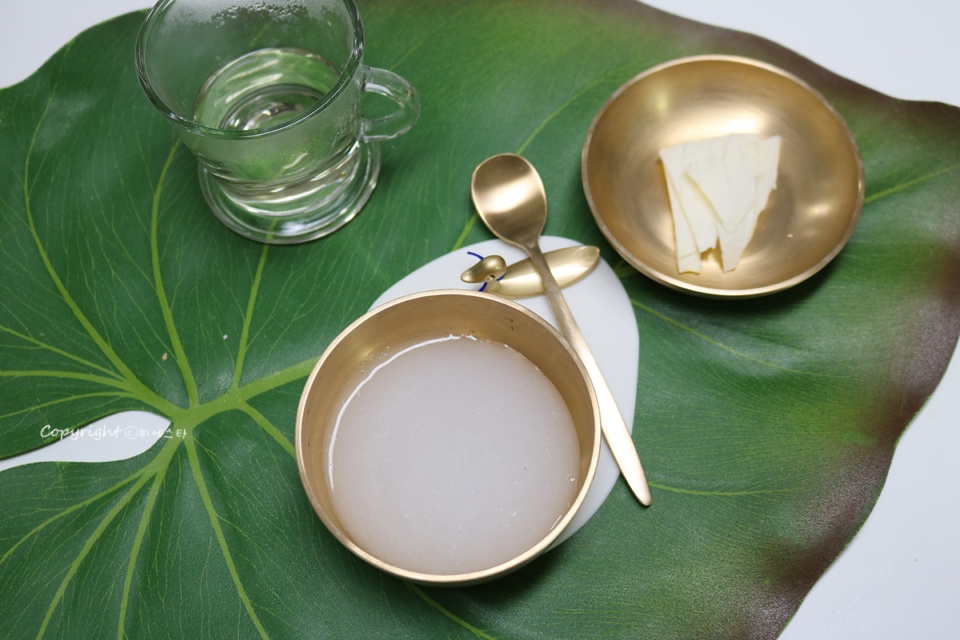Gentle Cabbage Puree for Early Weaning: A Recipe for Beginner Parents
Making Nutritious Cabbage Puree for Babies Aged 4-6 Months

Following our bok choy puree, today we’re making a cabbage puree! Cabbage is an alkaline food rich in vitamins B1, B2, C, D, E, and calcium, making it incredibly beneficial for your baby’s growth. I’ll guide you through selecting fresh, glossy cabbage, and how to use the tender inner leaves, which are best for baby food, discarding the fibrous outer parts.
Ingredients- 15g soaked rice powder (approx. 2 Tbsp)
- 10g fresh cabbage (approx. 1-2 leaves)
- 150ml purified water or barley tea
Cooking Instructions
Step 1
Wash the cabbage thoroughly. Select only the tender inner leaves, as the thicker parts can be fibrous and difficult for your baby to digest. You can blend it smoothly in a blender, or for a finer texture, mince it very finely. (This is about 1/4 cup in volume by measuring cup).

Step 2
In a blender, combine the rice (soaked for at least 30 minutes) with 150ml of water and blend until very smooth. Then, add the finely minced cabbage and mix well. Soaking the rice helps prevent clumps and results in a smoother puree.

Step 3
Pour the rice and cabbage mixture into a pot and bring it to a boil over medium-high heat. Once it starts to boil, reduce the heat to low. Simmer gently for about 5 minutes, stirring constantly to prevent sticking, until a smooth puree forms.

Step 4
It’s important to adjust the consistency of the puree based on your baby’s digestive capacity and preference. As it cooks, monitor the water evaporation. If it becomes too thick, add a little more water; if it’s too thin, continue simmering to thicken it slightly. It’s generally best to start with a thinner consistency and gradually make it thicker.

Step 5
The texture of early-stage baby food can vary depending on how finely the rice is ground. If you soak the rice, blend it until very smooth, and then strain it through a fine-mesh sieve, you can remove any remaining rough bits for an exceptionally smooth early puree.

Step 6
If the puree flows smoothly off a spoon, like the consistency we have today, it’s considered suitable for the transition from early to middle weaning stages. Many parents nowadays use baby rice powder, which eliminates the need for sieving and is more convenient. However, it’s still a good idea to blend vegetables very finely in a blender.

Step 7
After straining the puree through a sieve, it turned out to be a smooth consistency, similar to a 10x dilution (very watery). This consistency is gentle on the digestive system for babies just starting solids.

Step 8
I’ve tried both soaking and grinding rice myself, as well as using rice powder. I found that soaking and then straining the rice resulted in a much finer and thinner puree compared to using rice powder. Adjust the grinding fineness of the rice or the consistency based on your baby’s digestive response.



